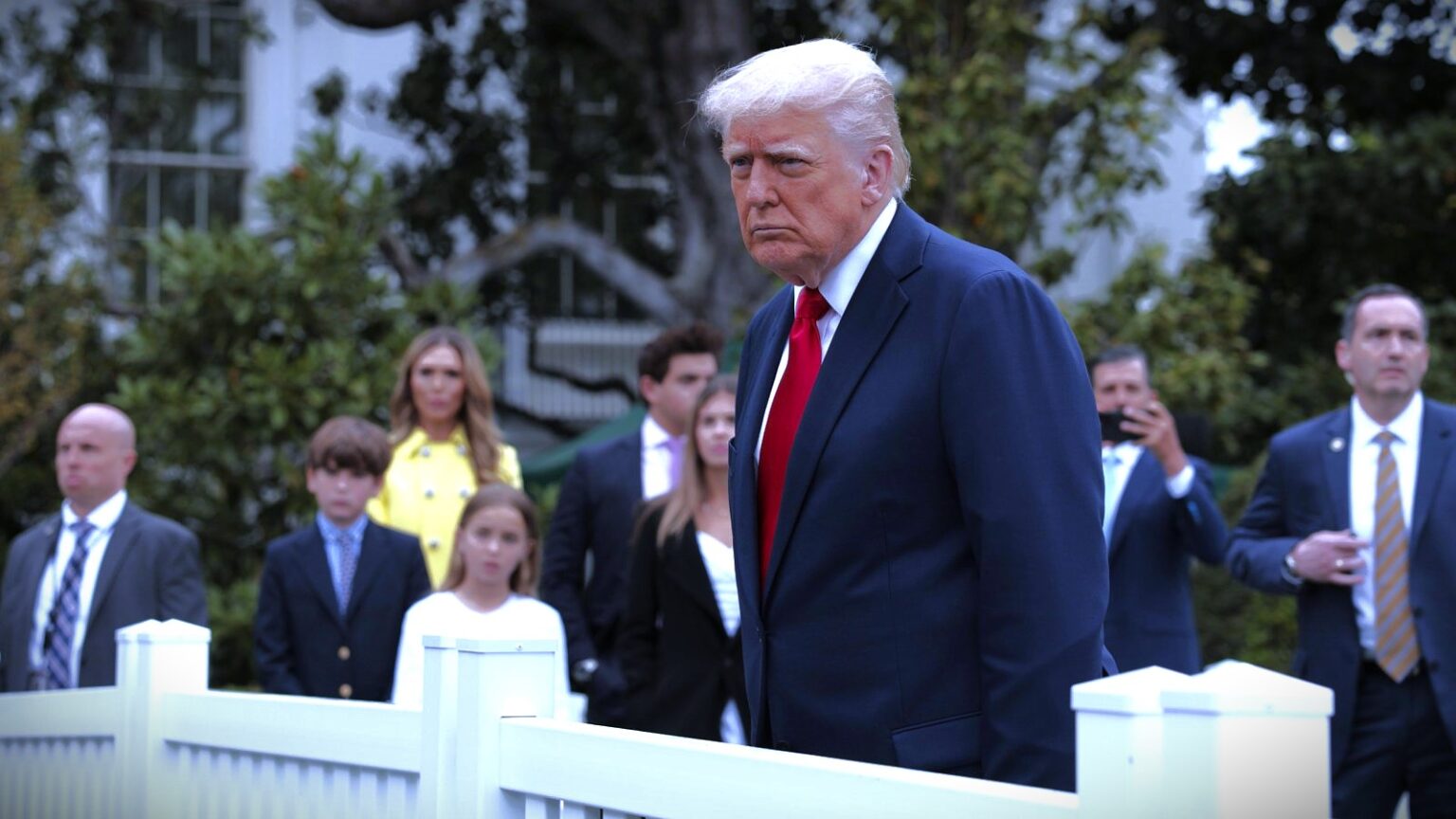The Department of Education is set to resume student loan debt collection on May 5, including garnishing wages from borrowers in default, reigniting controversy over federal student loans and borrower protections. This move will affect millions of Americans who have struggled with student loans during and after the COVID-19 pandemic. As the Education Department begins this next phase of enforcement, many are questioning the long-term impact on borrowers and the fairness of the student loan system itself.
The restart of student loan collections follows the expiration of pandemic-era protections that paused debt recovery, including wage garnishment. Critics argue the resumption comes too soon for borrowers still financially recovering. The policy has its roots in the Trump administration, when aggressive federal student loan collection practices were a focal point of student loan news. Under Trump, the government prioritized recovering student loan debt through wage garnishments and legal action, a trend expected to continue unless policy changes are enacted.
Linda McMahon, a former Trump official and public advocate for fiscal conservatism, has voiced support for the return of debt collection, saying it’s “a matter of personal responsibility.” However, borrower advocates argue that many individuals with student loans are not avoiding payment intentionally, but are genuinely unable to pay. According to the Federal Reserve, total student loan debt in the U.S. now exceeds $1.7 trillion, with millions in default.
The Department of Education has announced it will work with collection agencies to pursue overdue federal student loans. Borrowers who do not enter repayment programs could see their wages garnished or tax refunds withheld. For many, this news feels like a step backward after years of calls for reform. “Restarting student loans debt collection without broader reform is like putting a Band-Aid on a bullet wound,” said Maria Johnson, a spokesperson for a borrower advocacy group.
As May 5 approaches, federal officials insist that communication and support systems will be in place for borrowers. Still, the decision highlights a deep divide in how student loan debt should be handled in America between those calling for total forgiveness and those emphasizing accountability.
With student loans once again in the national spotlight, many await the Biden administration’s next move. Whether more forgiving policies will emerge, or Trump-era tactics will remain the norm, remains to be seen.






